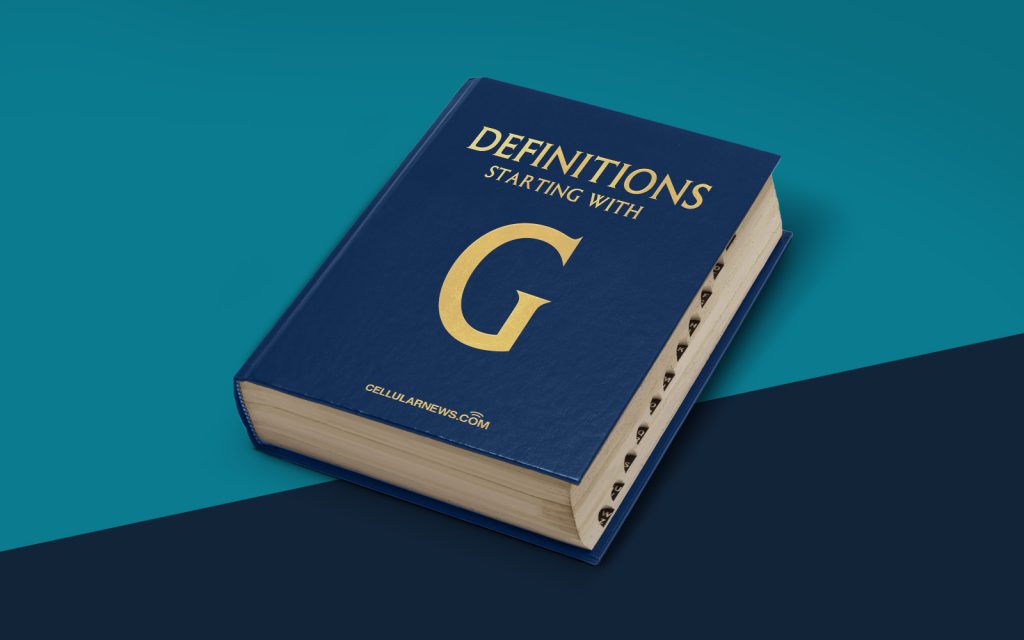
If you've ever wondered about Gopher, you've come to the right place. Gopher is an internet protocol that was popular in the early 1990s. It was used to search for and retrieve documents over the internet. So, what exactly is Gopher, and how does it work? Let's dive in and find out!
Key Takeaways
- Gopher is an early internet protocol used for searching and retrieving documents.
- It was popular in the early 1990s but was eventually overshadowed by the World Wide Web.
What is Gopher?
Gopher is a protocol, or set of rules, that allows users to access and retrieve documents over the internet. It was developed in the early 1990s at the University of Minnesota. At the time, the internet was still in its early stages, and there was a need for a simple and efficient way to organize and retrieve documents.
How Does Gopher Work?
Gopher works by organizing information into a hierarchical structure. This means that documents are arranged in a tree-like format, with categories and subcategories. Users can navigate through this structure using a simple text-based interface.
Here's how Gopher works in a nutshell:
-
Server: The documents are stored on Gopher servers, which are computers connected to the internet.
-
Client: Users access these documents using Gopher clients, which are software programs that allow them to search for and retrieve information.
-
Menu System: Gopher presents users with a menu system that allows them to navigate through the available documents.
-
Text-Based: Unlike the graphical interfaces we're used to today, Gopher uses a text-based interface, which means that everything is displayed using text and simple formatting.
Why Did Gopher Decline in Popularity?
While Gopher was popular in the early days of the internet, it eventually lost ground to the World Wide Web. There are a few reasons for this:
-
Limited Functionality: Gopher was limited in terms of the types of documents it could handle. It mainly dealt with plain text files and was not as versatile as the web in terms of multimedia and interactive content.
-
Graphical Interface: The World Wide Web introduced a graphical interface that made it easier for users to navigate and interact with documents. This was a significant improvement over Gopher's text-based interface.
In conclusion, Gopher was an early internet protocol that played an important role in the development of the internet. While it may not be as widely used today, it laid the groundwork for many of the technologies and protocols that we rely on for accessing information on the internet.
